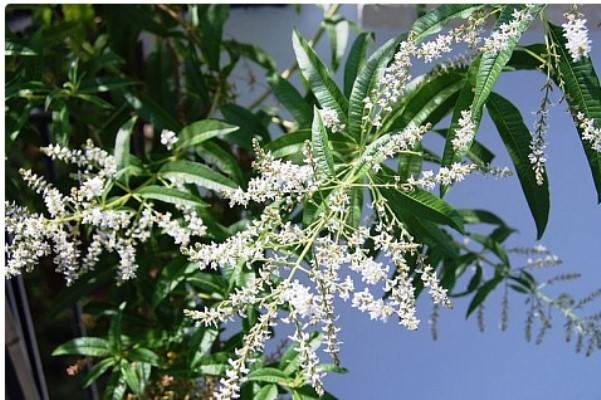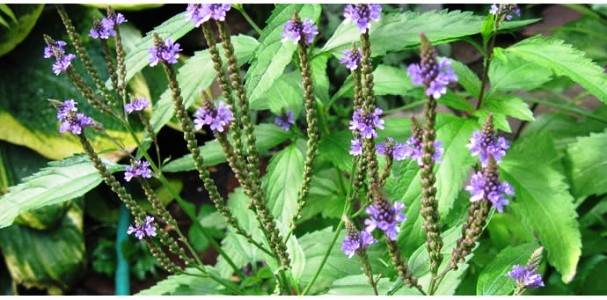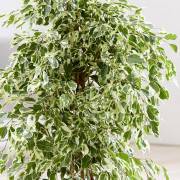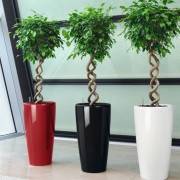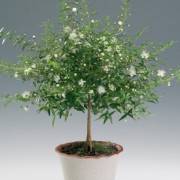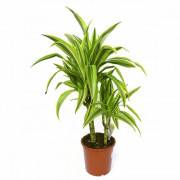Verbena, what is it: yellow, grass, perennial or annual
Content:
Verbena is an unpretentious perennial that pleases with abundant flowering throughout the summer season. Low-growing bushes take up little space on the site and can be used in group and single plantings. Verbena is also grown in flower pots and flowerpots.
What is verbena
The plant reaches a height of 50 cm. The leaves of the verbena are oval toothed, the flowers are collected in spherical inflorescences, the petals are small, up to 2 cm in diameter. The flower is grown by seeds and cuttings. The flowering period is from June to November.
Varieties and types
The plant exists in two types: annual and perennial. The former can be grown easily by seed. In the temperate climatic zone, the cultivation of an annual species is practiced, since the plant does not tolerate frost well. If you wish, you can sow seeds in a pot and make a home flower from an annual that will decorate the interior.
When the grower has decided which verbena suits him best - an annual or a perennial, you should choose a variety. There are more than 250 varieties, the most popular of them are described below.
Buenos Aires
A variety that does not require constant care. It grows up to 120 cm. Stems are straight, small lilac flowers are collected in rosettes.
Hybrid
The most popular variety among gardeners. Bred by breeders in the middle of the 19th century. It has buds of various shapes in a wide range of colors and a different structure of the bush: with a straight stem, creeping. Also, the species is planted as an ampelous flower.
The color of the bud ranges from the usual base (usually pink) to exquisite midtones and alternating shades.
Fragrant (lemon)
It is a tall plant that grows up to 2 m in height. Leaves are narrow, long, small white flowers are collected in a spikelet. If a leaf is rubbed, it begins to emit a lemon smell, the leaves taste sour.
Canadian
A small shrub 30 cm high. Flowers are collected in small rosettes. Shades of bed-tone inflorescences: lilac, pink, white.
Hard
It has a creeping bush, sharp toothed leaves. Tolerates winter outdoors. You can understand what the scent of verbena is like when you compare it to the scent of cloves.
The chemical composition of verbena officinalis
The plant contains flavonoids, vitamin C, tannins, mucus, steroids, silicic acid, essential oil, trace elements.
Pharmacological properties
The active substances of the plant have a hypotensive, antiseptic effect. A decoction of the leaves relieves nausea, increases appetite, improves digestion. Grass lowers high blood pressure, temperature.
Beneficial features
This type of verbena grows where there is access to sunlight: in meadows, edges of a temperate climate, it can be used in folk and official medicine.
Verbena has gained useful properties thanks to the biologically active substances that make up its composition. The herb has antiseptic, healing, astringent, analgesic properties. An aromatic oil is made from the plant, which heals inflamed wounds, treats abrasions. The oil is included in eye drops, inhalation solutions, cough tablets, throat sprays.
Traditional medicine recipes with medicinal verbena
The plant at home treats colds, rheumatism, dermatitis, diseases of the pelvic organs.
All parts of the dry herb are used to prepare the medicine. They prepare decoctions, infusions on alcohol, make lotions, brew tea.
Contraindications for use
The composition can be harmful to people at risk.
The following persons should not take funds based on this herb:
- children under 14 years old;
- persons with intolerance to the ingredients of the plant;
- pregnant women;
- allergy sufferers;
- hypertensive patients.
Long-term use of the medication can irritate the intestines.
Verbena officinalis: scientific research
The study of the medicinal properties of herbs has revealed a comprehensive healing effect that they have on the human body. The essential oil has sedative properties, the phytohormone sitosterol works as an anti-inflammatory, glycosides tone the muscles.
Myths, legends, beliefs associated with medicinal verbena
Since ancient times, there was a belief that if you collect the branches of a bush at dawn, then the drink brewed from them will help to reconcile the warring parties, save the house from enemies, and give strength to work.
Believers took this plant for sacred, because verbena grew on Golgotha and covered the wounds of Christ with its branches.
Practical use in magic
Since ancient times, the verbena herb had a magical meaning, it was used in conspiracies, rituals. The herb was used at shamanic events to scare away evil spirits, to reconcile enemies. Sorcerers used the plant to make a bewitching drink, with its help women charmed their beloved men.
Florists fell in love with vervain, because this plant is unpretentious in care, it grows in various forms. A wide range of colors and shapes of the bush makes the flower versatile for decorating the garden and home. Even beginners can grow this culture.


